Ceramic slabs have taken the architectural world by storm, becoming a staple in both residential and commercial projects. Renowned for their durability, aesthetic versatility, and eco-friendly properties, these slabs are redefining modern design. Whether you’re an architect, interior designer, or homeowner, understanding why ceramic slabs are the top choice can transform your approach to building and decorating spaces. In this comprehensive guide, we’ll explore the unmatched features of ceramic slabs, including their resistance to moisture, heat, and wear, as well as their vast design possibilities. Let’s dive into why ceramic slabs are the preferred material for architects worldwide.
What Are Ceramic Slabs?
Ceramic slabs are large-format tiles made from natural materials like clay, silica, and feldspar, fired at high temperatures to create a dense, durable surface. Unlike traditional tiles, ceramic slabs come in expansive sizes—often exceeding 10 feet in length—making them ideal for seamless applications in flooring, walls, countertops, and even furniture. Their production involves advanced technologies, resulting in a material that combines strength with aesthetic appeal.
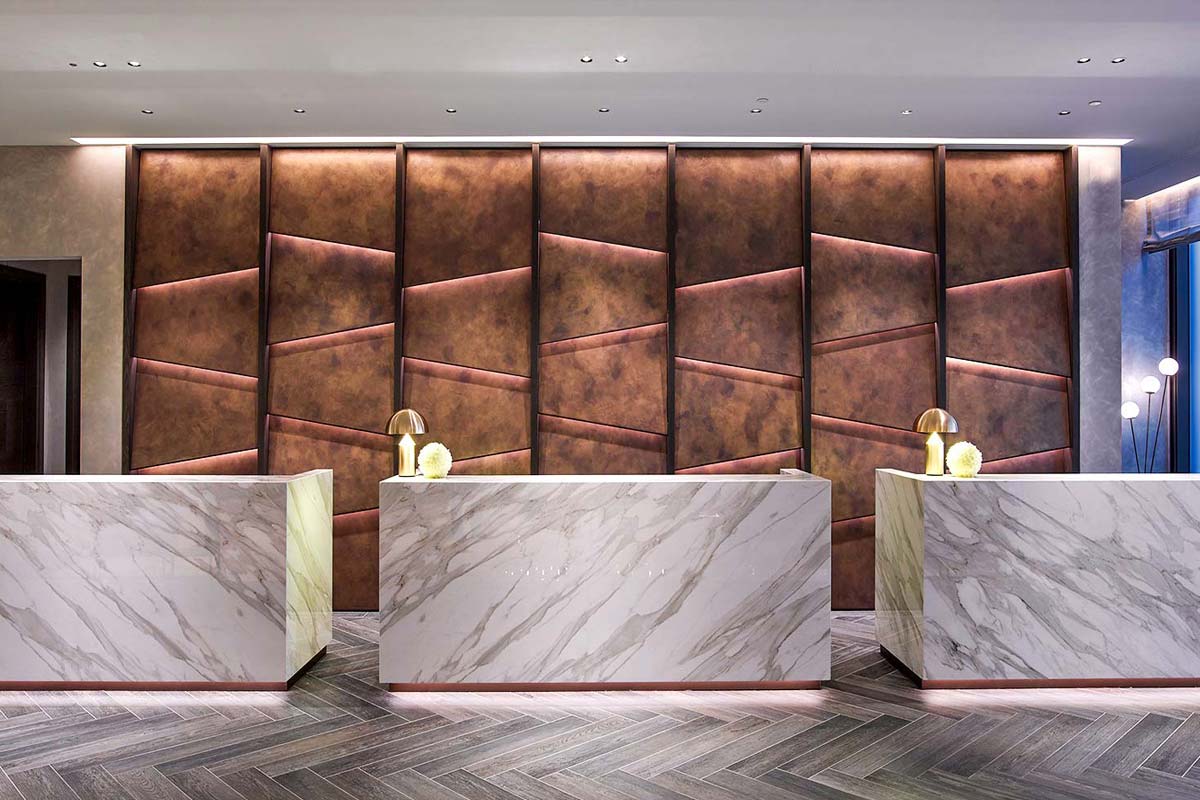
The Evolution of Ceramic Slabs
The rise of ceramic slabs can be traced to innovations in manufacturing. Modern techniques, such as high-pressure pressing and digital printing, allow for thinner, lighter slabs without compromising strength. These advancements have made ceramic slabs a versatile alternative to natural stone, offering similar beauty with superior performance.
Key Features That Make Ceramic Slabs Stand Out
Ceramic slabs are celebrated for their exceptional qualities, which cater to the practical and creative needs of architects. Below, we explore the standout features that make them a favorite in the industry.
Unmatched Durability
One of the primary reasons architects choose ceramic slabs is their durability. These slabs are engineered to withstand heavy foot traffic, impacts, and daily wear, making them suitable for high-traffic areas like airports, shopping malls, and homes.
- Scratch Resistance: Ceramic slabs have a hard surface that resists scratches, ensuring long-lasting beauty even in busy environments.
- Stain Resistance: Their non-porous nature prevents liquids, oils, and chemicals from penetrating, making them ideal for kitchens and bathrooms.
- UV Resistance: Unlike some materials that fade under sunlight, ceramic slabs retain their color and finish, perfect for outdoor applications.
Resistance to Moisture
Moisture resistance is a critical factor in material selection, especially for spaces exposed to water. Ceramic slabs excel in this area, offering a waterproof surface that prevents mold and mildew growth.
- Bathroom and Kitchen Applications: From shower walls to backsplashes, ceramic slabs provide a hygienic, water-resistant solution.
- Outdoor Use: Their ability to withstand rain and humidity makes them a top choice for patios, pool surrounds, and exterior cladding.
Heat Resistance
Ceramic slabs can handle extreme temperatures without cracking or warping, making them a reliable choice for diverse climates and applications.
- Fireplace Surrounds: Their heat resistance allows architects to create stunning fireplace designs without worrying about damage.
- Outdoor Kitchens: Ceramic slabs maintain their integrity in hot or cold weather, ideal for outdoor cooking spaces.
Eco-Friendly and Sustainable
Sustainability is a growing concern in architecture, and ceramic slabs align with eco-conscious design principles.
- Natural Materials: Made from abundant resources like clay, ceramic slabs have a low environmental impact.
- Recyclability: Many manufacturers produce slabs with recycled content, and the material itself is recyclable.
- Energy Efficiency: Their thermal mass helps regulate indoor temperatures, reducing energy consumption.
Aesthetic Versatility of Ceramic Slabs
Beyond their functional benefits, ceramic slabs offer unparalleled design flexibility, allowing architects to bring their visions to life.
Endless Design Options
Thanks to digital printing technology, ceramic slabs can mimic the look of natural materials like marble, wood, or concrete while offering superior durability.
- Marble-Like Elegance: Achieve the luxurious look of marble without the maintenance challenges.
- Wood-Inspired Warmth: Create cozy spaces with wood-look slabs that resist moisture and wear.
- Industrial Concrete: Perfect for modern, minimalist designs, concrete-look slabs add texture and depth.
Large Formats for Seamless Designs
The expansive size of ceramic slabs minimizes grout lines, creating a sleek, continuous surface that enhances the perception of space.
- Open-Plan Living: Large slabs are ideal for open-plan homes, where seamless flooring creates a cohesive look.
- Statement Walls: Cover entire walls with a single slab for a dramatic, uninterrupted effect.
Customizable Finishes
Ceramic slabs come in various finishes, from polished to matte to textured, allowing architects to tailor the material to specific project needs.
- Polished for Glamour: High-gloss finishes reflect light, adding sophistication to interiors.
- Matte for Subtlety: Non-reflective surfaces create a calm, understated aesthetic.
- Textured for Safety: Anti-slip textures are perfect for wet areas like bathrooms and pools.
Practical Applications of Ceramic Slabs in Architecture
Ceramic slabs are incredibly versatile, finding their place in a wide range of architectural projects. Here’s how architects are using them to elevate designs.
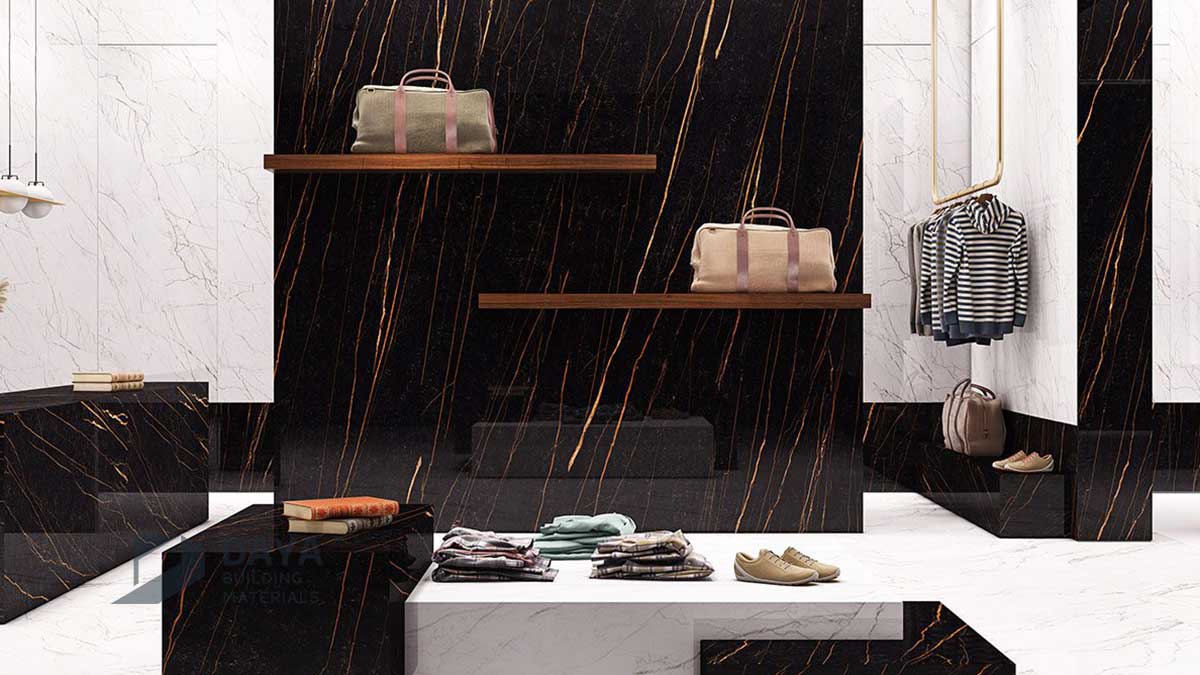
Flooring Solutions
Ceramic slabs are a go-to choice for flooring due to their durability and aesthetic appeal.
- Residential Spaces: Create timeless floors in living rooms, kitchens, and bedrooms.
- Commercial Projects: Handle heavy foot traffic in offices, retail stores, and hotels.
- Outdoor Areas: Design patios and walkways that withstand the elements.
Wall Cladding
From interior feature walls to exterior facades, ceramic slabs add visual impact and protection.
- Interior Accent Walls: Transform a plain wall into a focal point with bold patterns or textures.
- Exterior Facades: Enhance building exteriors with weather-resistant, low-maintenance cladding.
Countertops and Surfaces
Ceramic slabs are increasingly popular for countertops, offering a hygienic, durable alternative to natural stone.
- Kitchen Countertops: Resist stains, scratches, and heat while maintaining a sleek look.
- Bathroom Vanities: Create elegant, easy-to-clean surfaces for sinks and storage.
Furniture Design
Innovative architects are using ceramic slabs to craft custom furniture, from dining tables to shelving units.
- Statement Tables: Combine durability with style for eye-catching dining or conference tables.
- Outdoor Furniture: Design weather-resistant pieces for gardens and terraces.
Why Ceramic Slabs Outshine Other Materials
When compared to alternatives like natural stone, porcelain, or wood, ceramic slabs offer a unique combination of benefits that make them stand out.
Ceramic Slabs vs. Natural Stone
While natural stone like marble or granite is beautiful, it comes with high maintenance and cost.
- Lower Maintenance: Ceramic slabs don’t require sealing or special cleaners, unlike natural stone.
- Cost-Effective: Achieve the look of stone at a fraction of the price.
- Consistency: Unlike natural stone, ceramic slabs offer uniform patterns and colors.
Ceramic Slabs vs. Porcelain
Although porcelain is similar to ceramic, slabs often outperform in size and design versatility.
- Larger Sizes: Ceramic slabs are available in bigger formats, ideal for seamless designs.
- Thinner Profiles: Advanced manufacturing allows for lightweight, thin slabs without sacrificing strength.
Ceramic Slabs vs. Wood
Wood adds warmth but lacks the durability and moisture resistance of ceramic slabs.
- Moisture Resistance: Unlike wood, ceramic slabs won’t warp or rot in wet environments.
- Low Maintenance: No need for polishing or refinishing, unlike wood floors.
How to Choose the Right Ceramic Slab for Your Project
Selecting the perfect ceramic slab involves considering factors like space, style, and functionality. Here are some tips to guide your decision.
Assess the Space
Determine the environment where the slab will be installed to ensure it meets performance needs.
- Indoor vs. Outdoor: Choose weather-resistant slabs for exterior use.
- High-Traffic Areas: Opt for durable, scratch-resistant finishes for busy spaces.
Match the Aesthetic
Align the slab’s design with the overall style of the project.
- Modern Minimalism: Go for neutral tones and matte finishes.
- Classic Elegance: Choose marble-look slabs with polished surfaces.
- Rustic Charm: Select wood-look or textured slabs for warmth.
Consider Installation Requirements
Work with experienced installers to ensure proper handling of large-format slabs.
- Substrate Preparation: Ensure the surface is level and stable for flawless installation.
- Grout and Adhesives: Use high-quality materials to enhance durability.
Maintenance Tips for Long-Lasting Ceramic Slabs
One of the biggest advantages of ceramic slabs is their low maintenance. Follow these simple tips to keep them looking pristine.
Regular Cleaning
- Sweep or Vacuum: Remove dust and debris to prevent scratches.
- Mop with Mild Detergent: Use a pH-neutral cleaner to maintain the finish.
- Avoid Harsh Chemicals: Steer clear of bleach or abrasive cleaners that could dull the surface.
Stain Prevention
Although ceramic slabs are stain-resistant, prompt cleanup prevents potential issues.
- Wipe Spills Immediately: Especially for acidic substances like wine or citrus.
- Use Coasters and Mats: Protect countertops and floors in high-use areas.
Periodic Inspections
Check for signs of wear or damage, especially in outdoor or high-traffic installations.
- Seal Grout Lines: If grout is used, apply sealant to prevent staining.
- Address Chips Early: Repair minor chips with professional-grade fillers.
The Future of Ceramic Slabs in Architecture
As technology advances, ceramic slabs are poised to play an even bigger role in architecture. Emerging trends include:
- Smart Surfaces: Integration of sensors for interactive designs.
- ۳D Textures: Enhanced tactile surfaces for unique aesthetics.
- Sustainable Innovations: Increased use of recycled materials and energy-efficient production.
Architects can expect ceramic slabs to continue evolving, offering new possibilities for creative and functional designs.
Conclusion
Ceramic slabs have earned their place as the top choice for architects, thanks to their durability, versatility, and aesthetic appeal. From moisture and heat resistance to endless design options, these slabs meet the demands of modern architecture while aligning with sustainability goals. Whether you’re designing a residential masterpiece or a commercial landmark, ceramic slabs offer the perfect blend of form and function. By understanding their features and applications, you can unlock their full potential to create spaces that are both beautiful and enduring. Ready to elevate your next project? Consider ceramic slabs—the material that’s shaping the future of design.

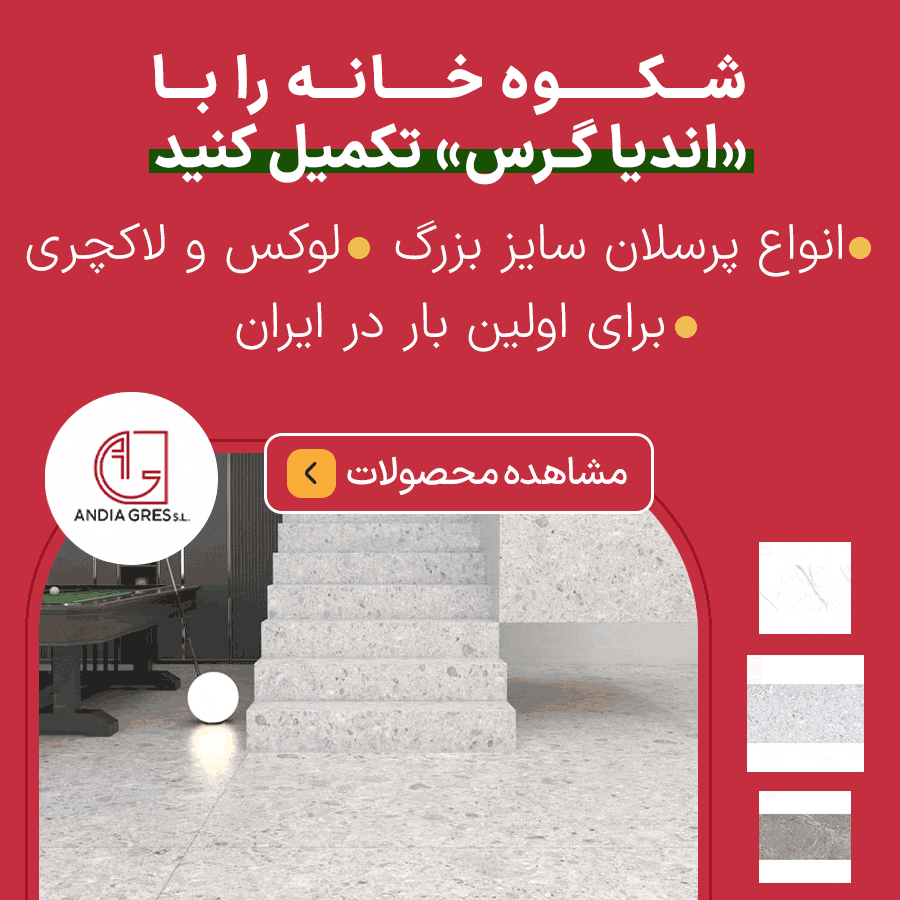

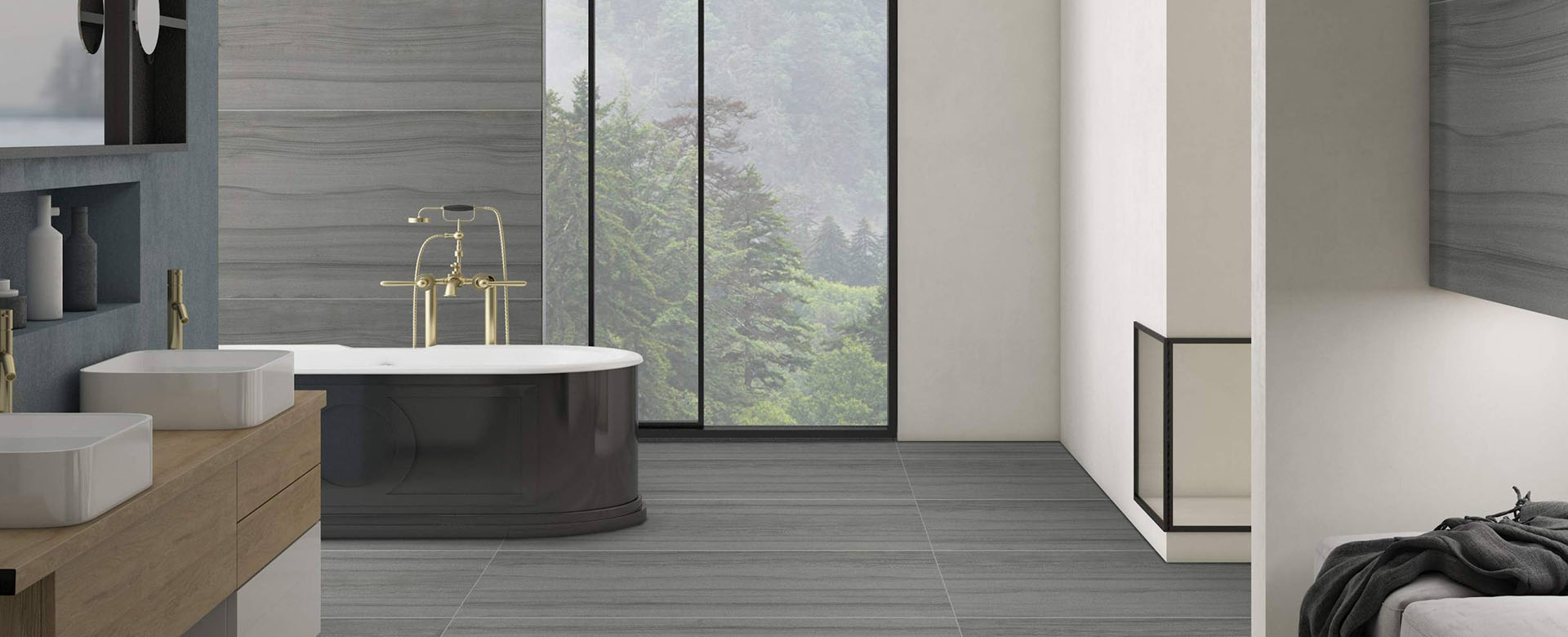
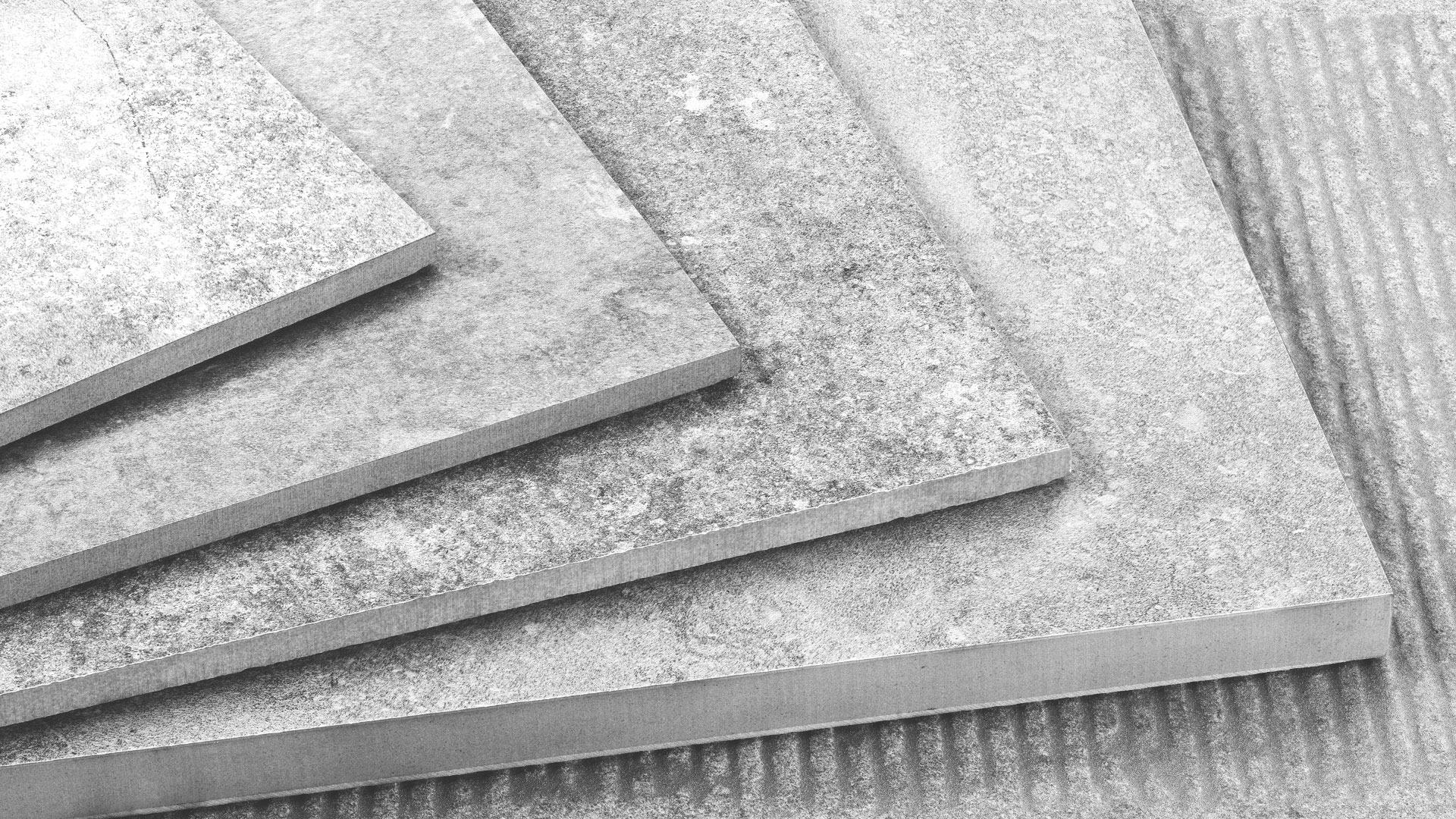

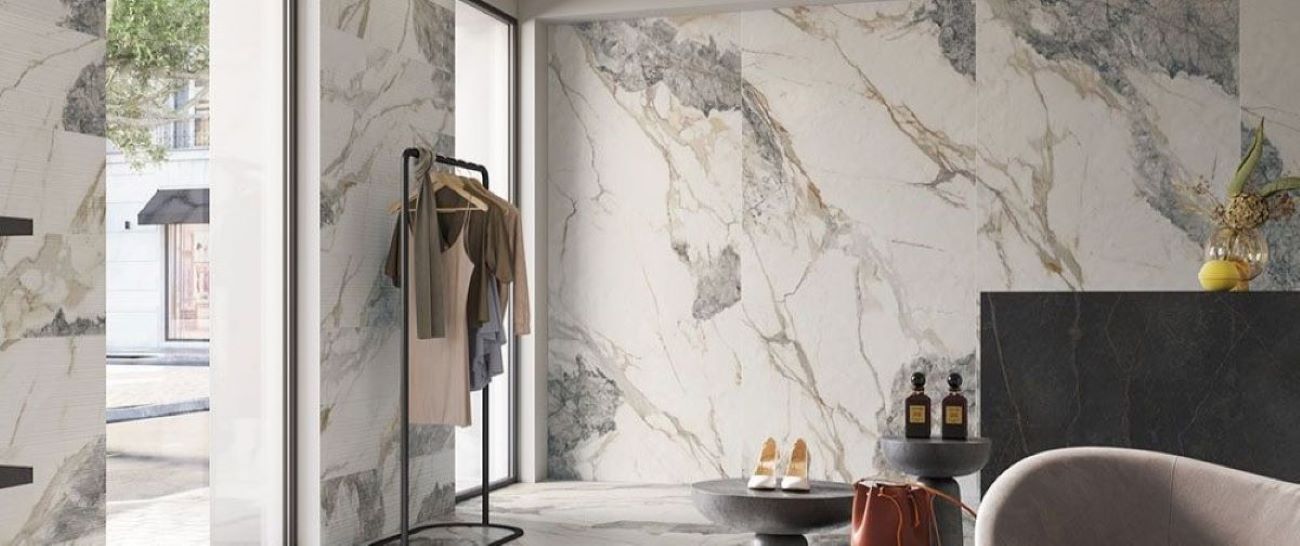
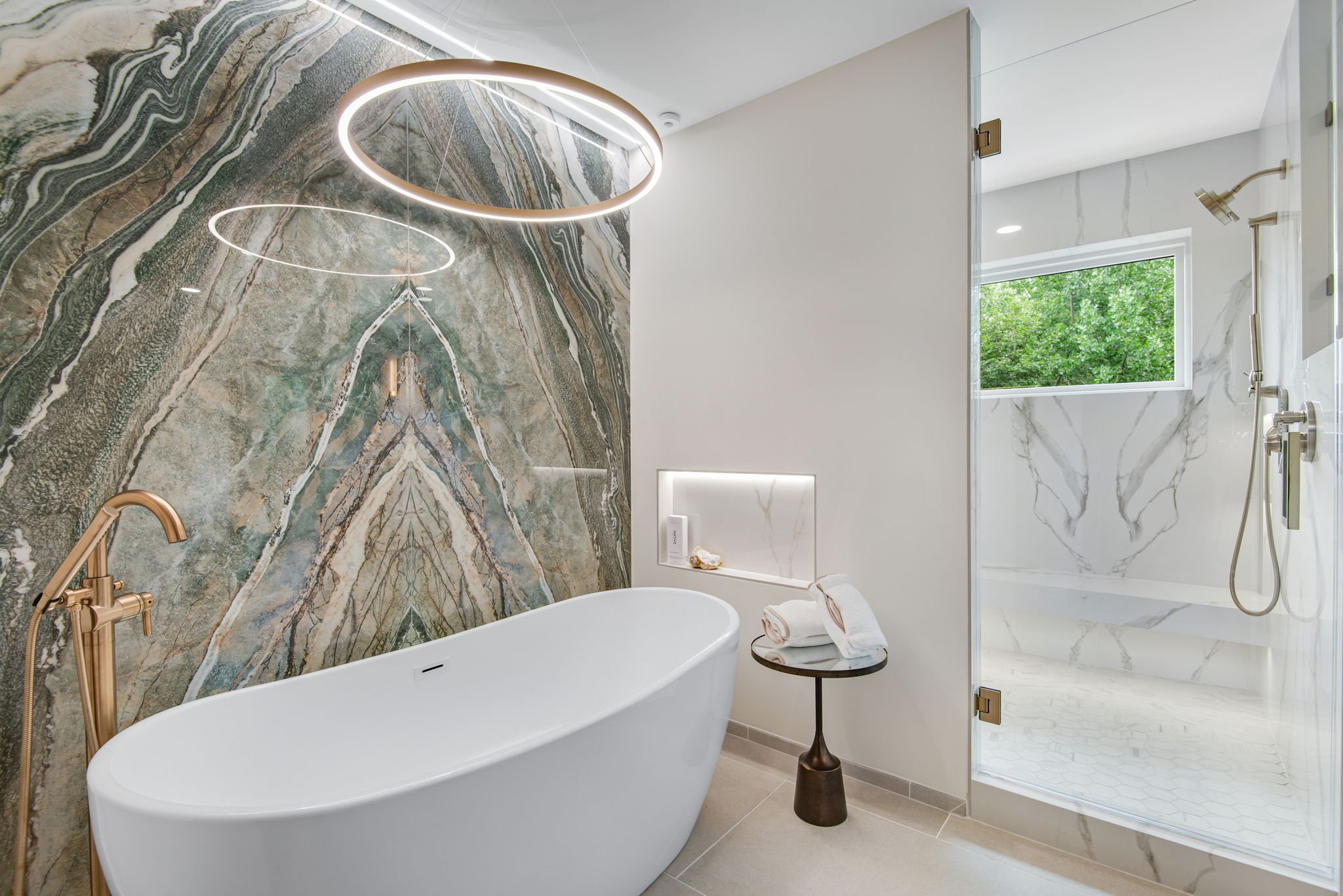





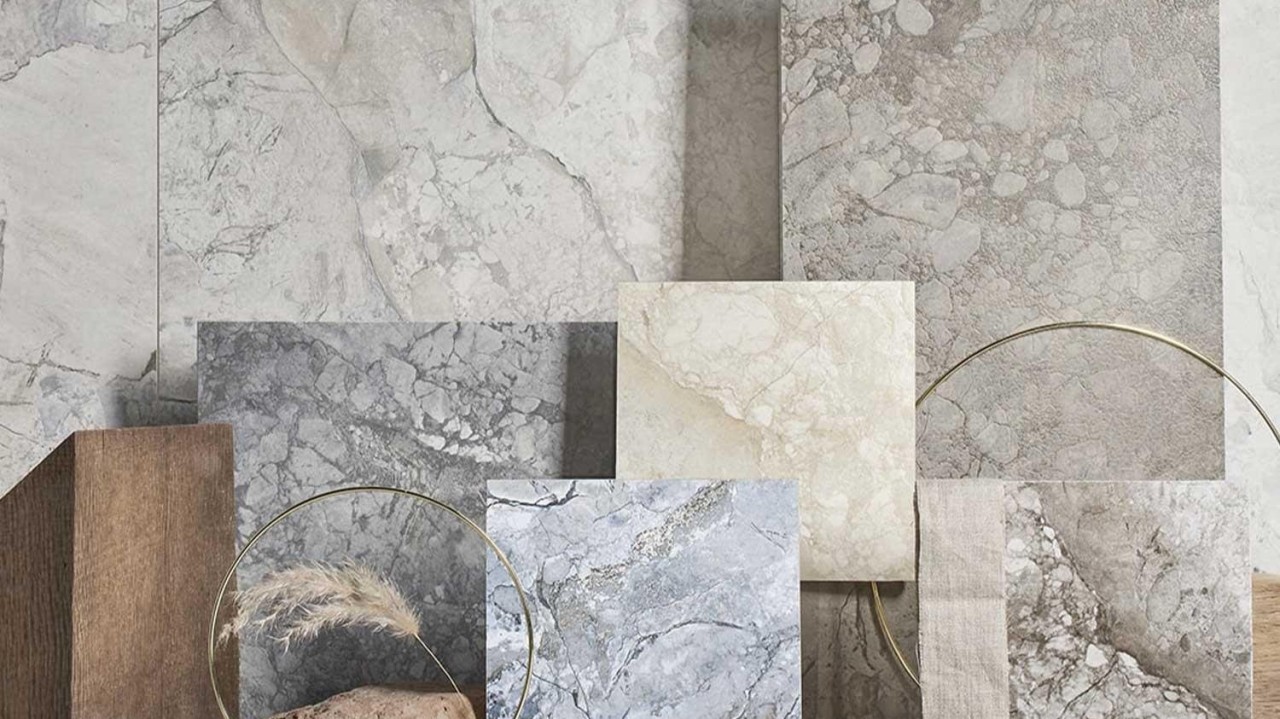



نظرات ۰